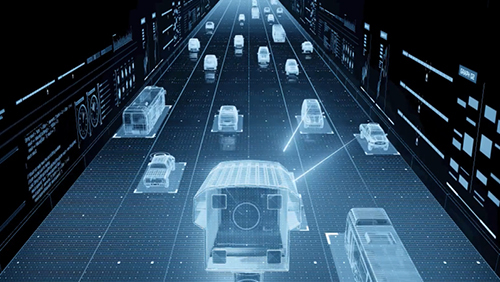Challenges carmakers face with the ‘everything connected’ vehicle
The increasing breadth of connectivity in vehicles can bring valuable features to automakers and consumers alike.
Chief among these are the enabling of proactive and predictive performance and maintenance diagnostics. This same connectivity will also allow over-the-air (OTA) software updates, as well as real-time local and cloud-based status monitoring such as tire pressure, fuel level, sensor readings, error codes, among other helpful diagnostic information.
Microsoft’s partnership with tire-maker Bridgestone to develop a tire damage monitoring system, using its Connected Vehicle Platform, is just the latest example of vehicle connectivity expanding past infotainment systems and into every level of the vehicle. The rise of the “everything connected” vehicle also provides opportunities for carmakers to expand partnerships, not just with consumers but with body shops and Tier 1 suppliers.
As the industry continues to evolve to electric vehicles, management of battery systems, the entire unit of batteries and the individual cells, is also going to be a key area of connected diagnostics for automakers, explained IDC’s next generation automotive research manager Matt Arcaro. “The goal is to connect everything, at least at a read minimum. It’s all about providing visibility: seeing more about how the vehicle runs beyond diagnostics or interval based maintenance,” he explained. “Where we are going is moving to the area of using that visibility to take action on it.”
Providing vehicle owners with this visibility will also help to extend the automaker’s relationship their customer, potentially offering new revenue streams alongside the additional value. Arcaro said that could even extend to helping the customer get the vehicle sold in secondary markers, or potentially even offering extended services like warranties, and more predictive scoring to gauge whether a customer has been conforming to warranty characteristics.
However, he noted one challenge will be overcoming the communications lag built into earlier generations of connected vehicle platforms, which will require the redesign of communications pathways so that it can be done in a real time manner, while simultaneously connecting more and more systems. “There’s also still significant data siloing going on and there’s a breakdown getting that data from team to team, which automakers would need to use to more proactivity understand uses, like when parts will need maintenance,” he said.
To read the complete article, visit TU-Automotive.

















